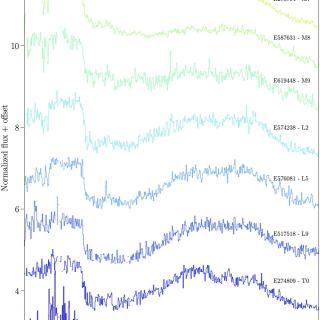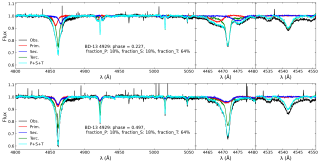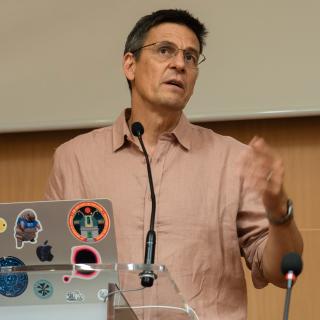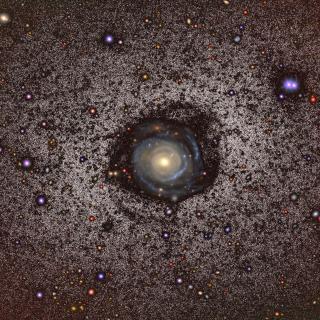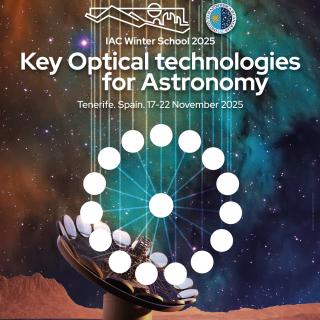
The Canary Islands Institute of Astrophysics (IAC) is organizing the XXXVI Canary Islands Winter School of Astrophysics , which will be held in San Cristóbal de La Laguna (Tenerife) from November 17 to 22, 2025. Under the title "Key Optical technologies for Astronomy", the school will focus on cutting-edge optical and algorithmic technologies that will define the future of Astrophysics. This edition, led by Professors Jeff Kuhn (University of Hawaii and IAC) and Rafael Rebolo (IAC), will involve approximately 35 advanced Master's students, doctoral candidates, and early-career postdoctoral
Advertised on
